Some panel work...
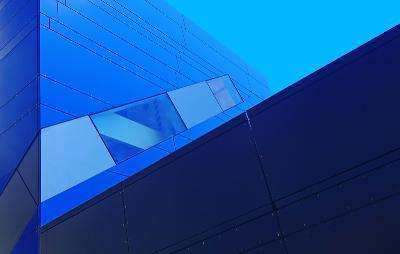
Balls in the square...
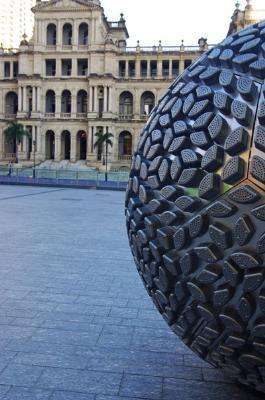
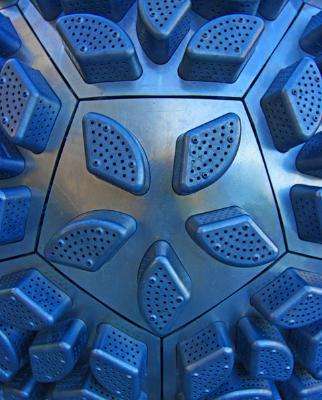
We walked through the botanical gardens past this statue...
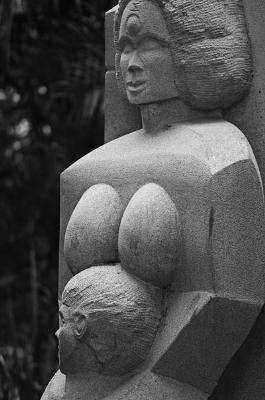
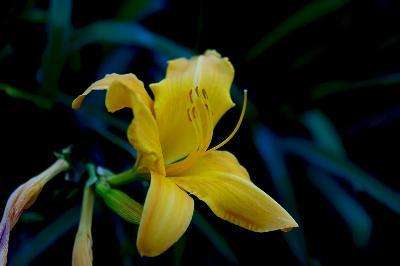
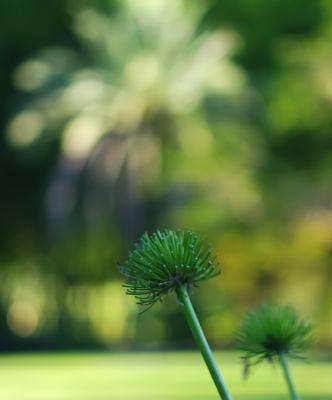
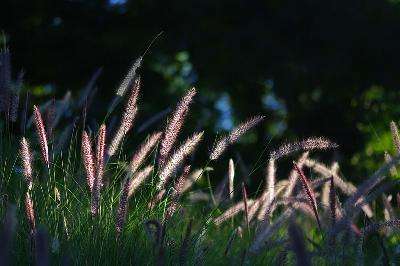
The owner of this boat [or is it now a ship] will not be happy when he returns...
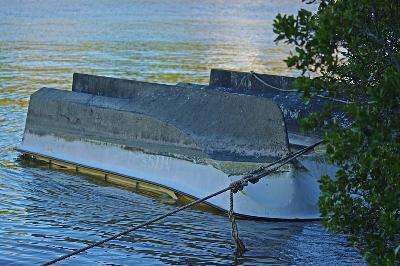
Brisbane's stonehenge? ...

We crossed under the Captain Cook Bridge and over the Goodwill Bridge to South Bank ...
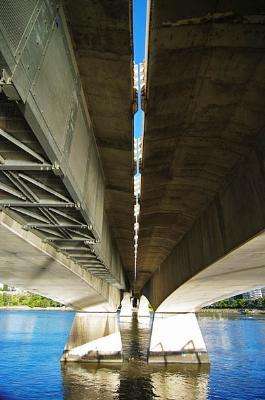
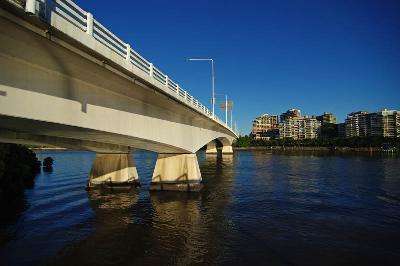
As we reached the other side we passed the old Lightship "Carpentaria" in the Maritime Museum dry dock ...
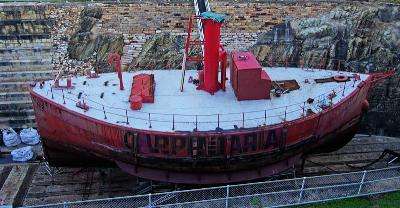
Carpentaria Light Ship:
Lighthouses and navigational beacons are built on solid ground, even those in shipping channels. The Light Ship evolved from the need for a beacon to be located on the edge of shoal waters where it was impossible to construct a permanent structure. Two such vessels were located off the Queensland coast, one off Sandy Cape, on the northern tip of Fraser Island, and the other in the western approaches to Torres Strait.
CLS 2 Carpentaria was one of 4 identical vessels, designed by Messrs D & C Stevenson of Edinburgh, Scotland and built at Cockatoo Island Dockyard, Sydney in 1917 for the Commonwealth Lighthouse Service (later the Federal Department of Transport). The vessels were used in pairs; while one was on station, the other was in port under maintenance. Each year, the replacement would be towed to position and the one that had been on station would be towed back to port for refit. The vessels on location were also checked 4 times a year. The Carpentarias operated out of Cairns.
The flashing light was powered by a six month supply of acetylene gas, carried in four A-300 size acetylene cylinders. The flow of gas, which was ignited by a pilot flame, was controlled by an automatic mechanism to produce the characteristic code of flashes. A "sun valve" turned the light off during daylight hours and on again at dusk. Nominal range of the light was 10 nautical miles. A warning bell tolled with the rolling of the ship.
CLS 2 (together with CLS 4) spent much of its time in the Gulf of Carpentaria, hence the name CARPENTARIA emblazoned along the side, but was last stationed in the Bass Strait oilfields serving as a traffic separator. The Light Ship was retired from service in 1985. Later in the decade it became part of the collection at the Queensland Maritime Museum, where it is on display and accessible with Diamantina in the Dry Dock.
Specifications
Length (overall) 72ft (21.94m)
Length (waterline) 70ft 7" (21.51m)
Beam 25ft 8" (7.82m)
Draft 9ft (2.74m)
Displacement 164 tonnes
Candlepower 1 500
Range of Light 10 nautical miles (18.5 km)
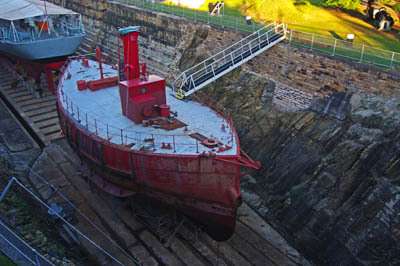
We walked up past the Wheel of Brisbane ...
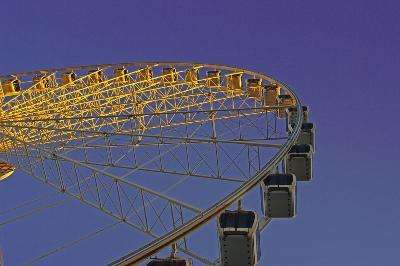
As the Sun went down we met with Ron and adjourned to the new Kurilpa Bridge to get some city shots in the upcoming dusk.
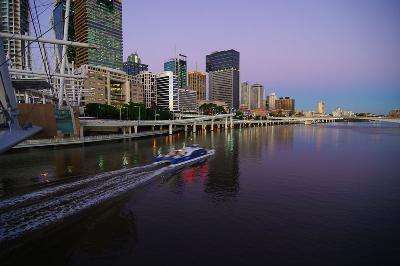
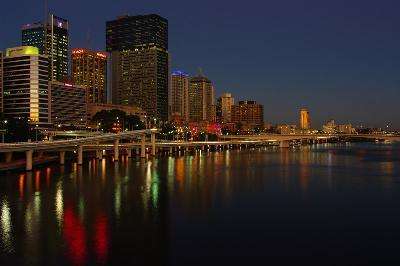

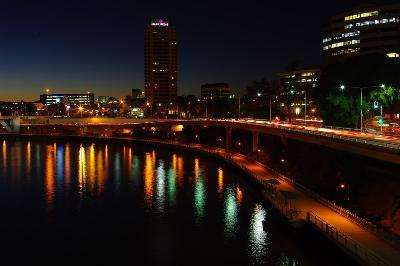
We then headed back into the city for dinner and got some shots of the Casino...
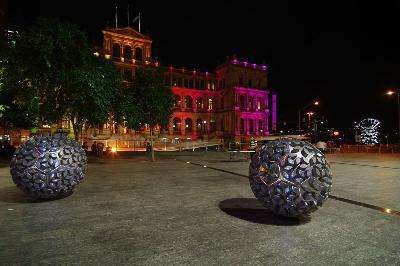

Thanks Jo and Ron for the great day and evening :)

No comments:
Post a Comment